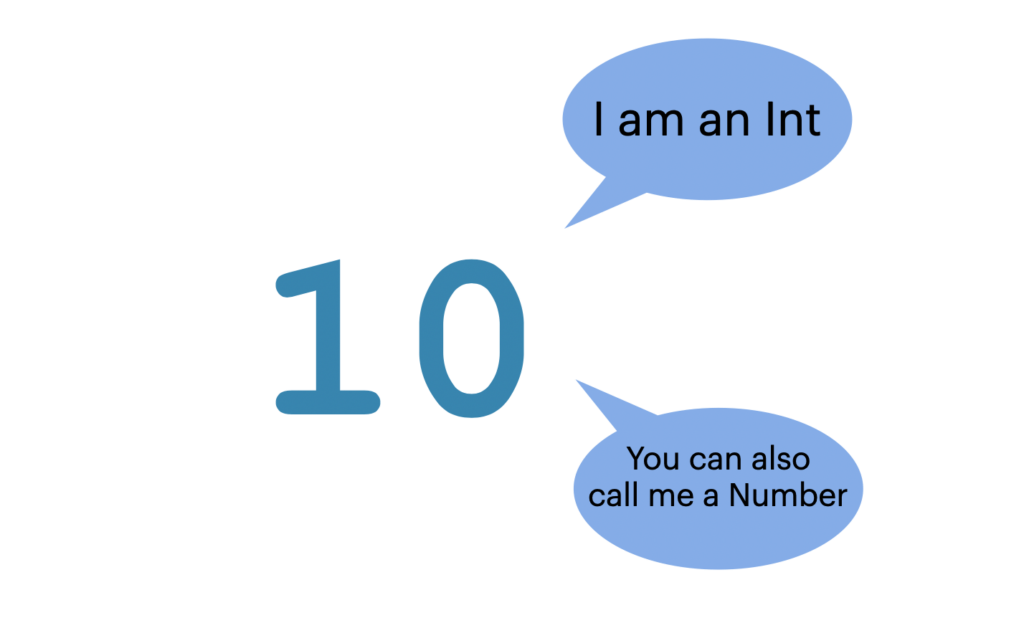In Swift, a typealias is an alias for an existing type. It allows you to call one data type by another name.
Using type alias in a strategic way can make your code more readable and understandable.
To declare a new typealias in your project, just use this syntax:
typealias NewType = ExistingType

Next up, I will show you some real-life use cases for typealiases in your Swift program.
By the way, if you want to watch a short video about this topic, look no further:
Typealias Examples
Let’s say you’re dealing with weights in your code. These weights are doubles by data type.
But with a typealias you can create an alias Weight that is actually Double under the hood:
typealias Weight = Double
Now you can use Weight instead of Double:
let mass1: Weight = 152.3 let mass2: Weight = 43.2 print(mass1 + mass2)
Write an Extension for a Typealias
Writing an extension for a typealias also extends the underlying type. For example, assuming that the Weight is in kilos, let’s create an extension toPounds() for the Weight alias:
typealias Weight = Double
extension Weight {
func toPounds() -> Weight {
return self * 2.205
}
}
let mass: Weight = 100
print(mass.toPounds())
// The extension affects Doubles too:
let massDoubles: Double = 120
print(massDoubles.toPounds())
Output:
220.5 264.6
As you can see, both Double and Weight instances now have the toPouds() conversion.
Combine Protocols using Typealias
Assume you have two access protocols for reading and writing students’ grades:
protocol ReadAccess {}
protocol WriteAccess {}
Your teacher should be able to both read and write grades. Using typealias, you can neatly combine these two protocols to create a new protocol dedicated to teacher admins only:
typealias AdminAccess = ReadAccess & WriteAccess
struct Teacher: AdminAccess {}
Closures and Typealias
Let’s say we have a simple method that takes a closure as its input:
func method(operation: (Double) -> (Double)) {}
You can now create a typealias for the (Double) -> (Double) function type to highlight that it is a math operation:
typealias MathOperation = (Double) -> (Double)
Now the method can be updated to use this typealias in its argument’s type:
func method(operation: MathOperation) {}
Conclusion
Typealias is just an alias to an existing type. The main goal of typealiases is to make code more readable and understandable. As an example, here is a typealias Weight that essentially is just a Double:
typealias Weight = Double
Thanks for reading. I hope you find it useful.